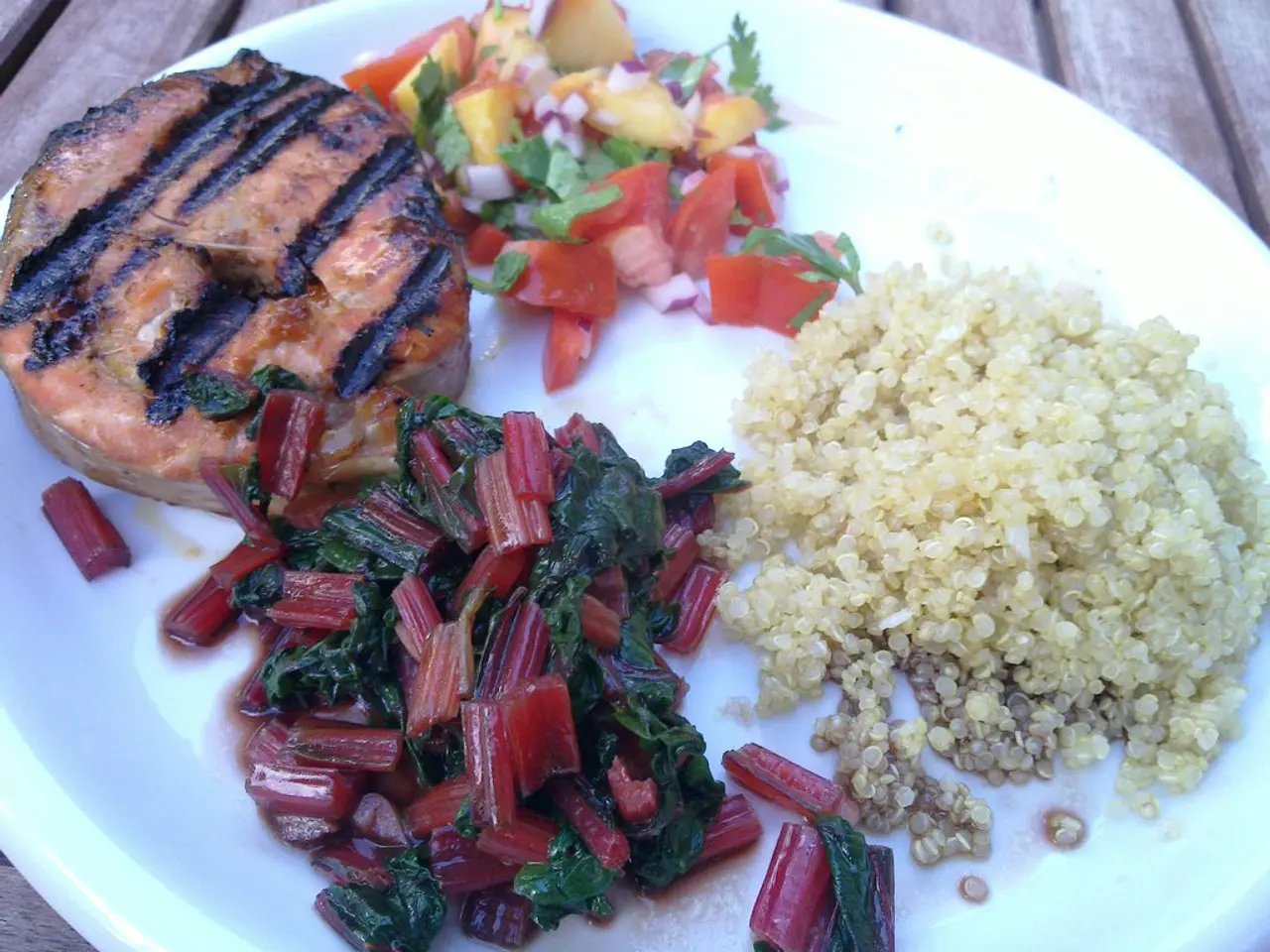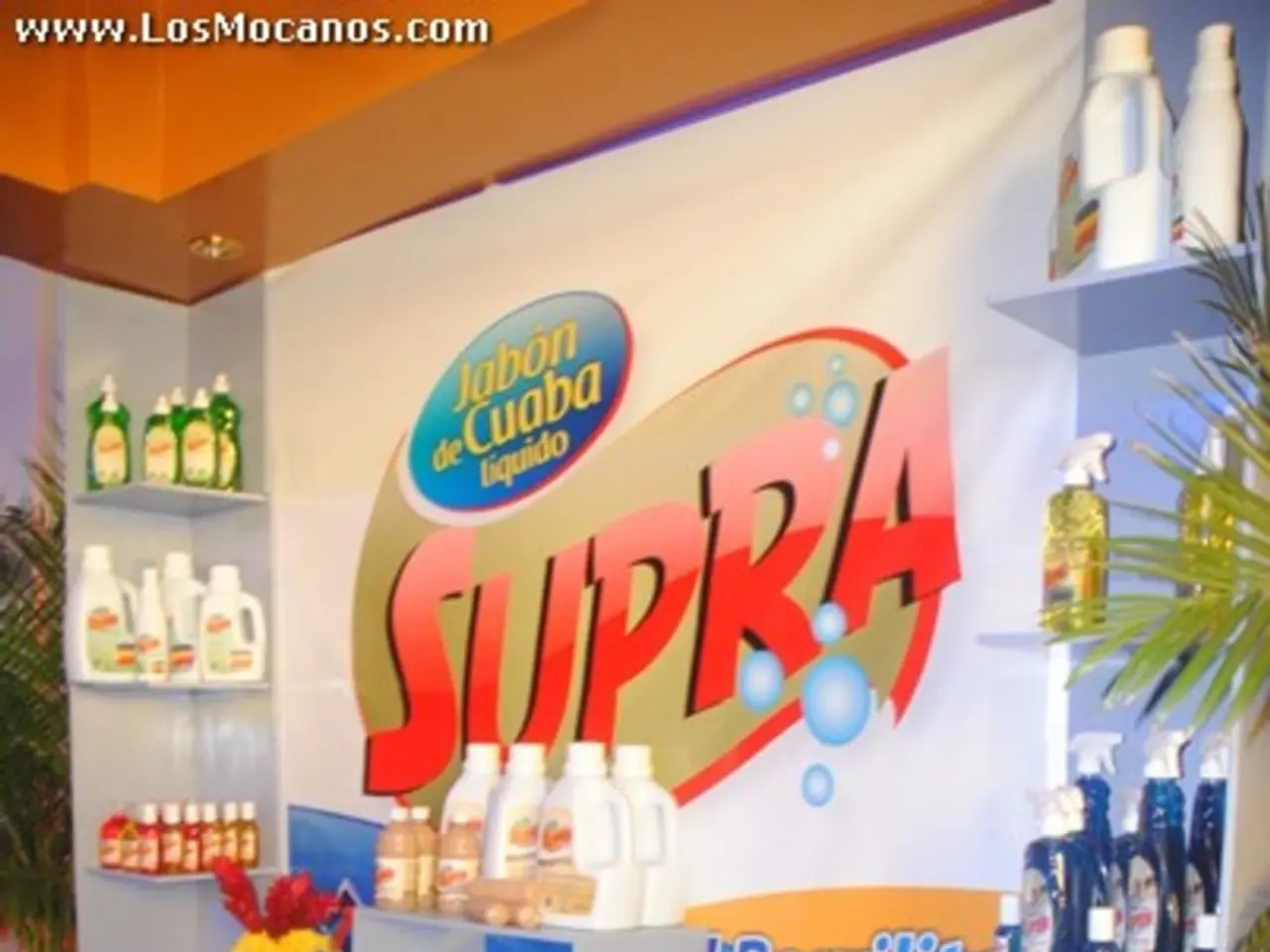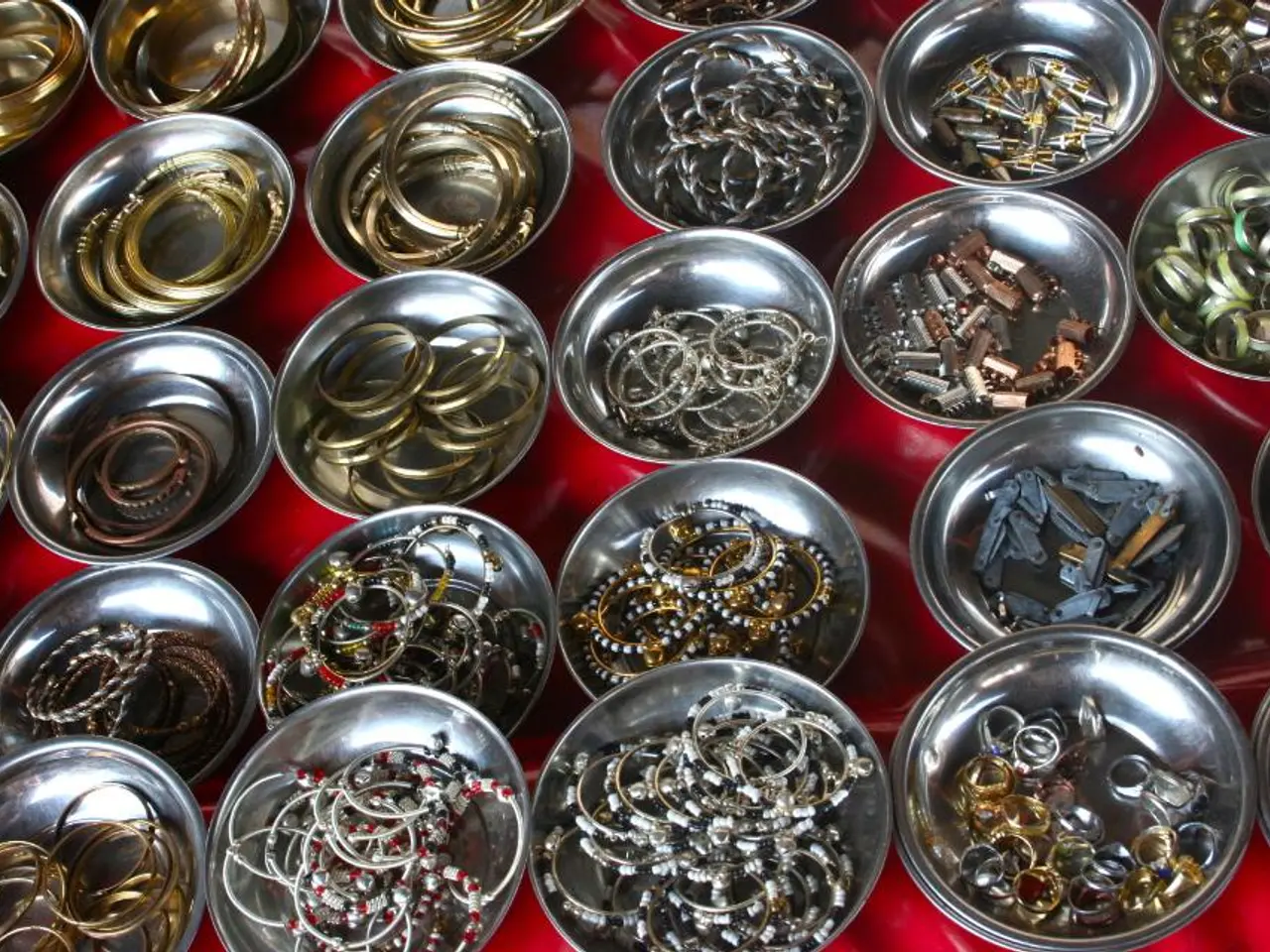Harvesting Vegetables in Summer: Proper Methods for Freezing Them
**Freezing Vegetables for Maximum Nutritional and Taste Retention**
In the quest for preserving the freshness and nutritional value of vegetables, freezing has proven to be an effective method. Here's a step-by-step guide on how to properly freeze various vegetables for maximum nutritional and taste retention.
1. **Select Fresh, Ripe Produce** Start with the freshest and ripest vegetables available, free from bruises or damage, to ensure the best quality after freezing.
2. **Wash and Prepare** Thoroughly wash vegetables and trim stems, leaves, or any unwanted parts. Cut them into suitable sizes for cooking or consumption after thawing.
3. **Blanching** Most vegetables benefit from blanching before freezing. This involves briefly boiling the vegetables, then immediately plunging them into ice water to halt the cooking process. Blanching: - Stops enzyme activity that causes loss of flavor, color, and texture. - Helps preserve nutrients better than freezing raw produce. For example, cauliflower florets need about 3 minutes of blanching before freezing.
4. **Dry and Package Airtightly** After blanching and cooling, drain and dry vegetables well to prevent ice crystals. Package them in airtight containers or freezer-safe plastic bags. Remove as much air as possible — vacuum sealing is ideal to reduce freezer burn and prolong shelf life.
5. **Label and Freeze Quickly** Label packages with the date and freeze immediately at 0°F (-18°C) or below to maintain quality. Store vegetables for up to 6-12 months depending on the type, but use them as soon as possible within this time frame for best taste and nutrition.
6. **Thaw Properly** To retain texture and flavor, thaw frozen vegetables slowly in the refrigerator rather than at room temperature or in the microwave, which can cause uneven thawing and nutrient loss.
### Additional Tips
- Some vegetables with high water content may not freeze well raw and require blanching or alternative preservation methods like drying or pickling. - Frozen vegetables can sometimes be more nutritious than fresh vegetables that have been stored for several days because nutrient degradation in fresh produce occurs rapidly. - Always check freezer temperature with a thermometer to ensure consistent freezing conditions.
### Summary Table
| Step | Purpose | Example | |--------------------|-------------------------------------|-------------------------| | Fresh Selection | Best initial quality | Bright, firm vegetables | | Wash & Prepare | Clean and ready for freezing | Trim, cut to size | | Blanch | Stop enzymes, preserve flavor/nutrients | Cauliflower: 3 min boil | | Dry & Package | Prevent freezer burn | Airtight bags/containers | | Freeze & Label | Maintain quality | Freeze at 0°F or below | | Thaw Slowly | Preserve texture and flavor | Refrigerate thawing |
By following these best practices, you can ensure your frozen vegetables retain their maximum nutritional value, flavor, and texture for many months.
In the realm of food-and-drink and home-and-garden lifestyle, freezing vegetables is a popular method for preserving freshness and nutritional content. Cooking with frozen vegetables ensures a taste close to that of fresh produce, as the freezing process halts nutrient degradation that occurs in fresh produce over time.




